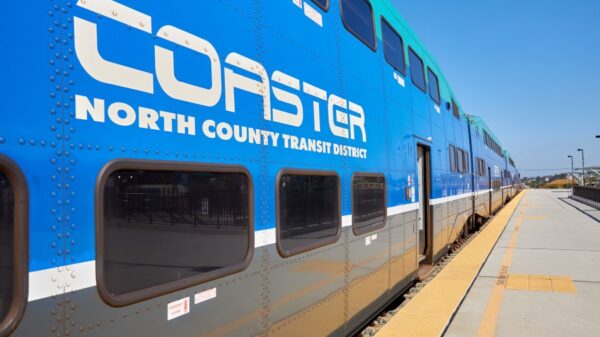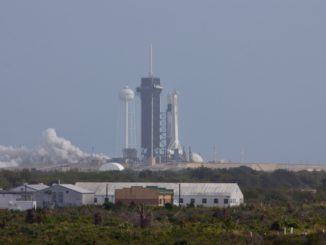SpaceX successfully launched its Super Heavy-Starship rocket on August 26, 2025, marking a significant achievement after a series of earlier failures. The launch, which took place from the company’s Starbase facility in Texas, was initially delayed by two days due to ground equipment issues and adverse weather.
As the rocket roared to life with its 33 methane-fueled Raptor engines, it demonstrated impressive performance during the Starship Flight 10 mission. The Super Heavy first stage effectively propelled the Starship upper stage into lower Earth orbit before executing a controlled splashdown in the Indian Ocean, as planned.
“Splashdown confirmed! Congratulations to the entire SpaceX team on an exciting tenth flight test of Starship!” SpaceX announced in a post on social media platform X. This successful flight provided a much-needed morale boost to the SpaceX workforce, who had faced three consecutive failures earlier in the year.
The mission commenced at 19:30 ET, with the massive 40-story rocket lifting off to demonstrate its capabilities. Despite one engine shutting down prematurely during its descent, the Super Heavy booster successfully returned to the Gulf of Mexico, showcasing its ability to compensate for such failures.
Flight Details and Re-Entry Challenges
Throughout the hour-long flight, SpaceX engineers monitored various parameters as the Starship executed its planned maneuvers. After reaching its peak altitude, the Starship upper stage deployed eight Starlink satellite simulators to test its deployment mechanism effectively.
During re-entry into the atmosphere, new heat shield tiles were put to the test, revealing the vehicle’s resilience. While a protective skirt around the engine compartment was damaged and one orientation-control flap partially melted, the Starship maintained control throughout the descent, flipping as instructed by the onboard flight computer.
The successful completion of this test flight is vital for SpaceX as it aims to refine the Super Heavy-Starship for operational missions, including launching satellites and eventually sending settlers to Mars. The company is also under pressure from NASA, which relies on a modified version of the Starship to transport astronauts to the moon as early as 2027.
Although the recent success does not eliminate concerns regarding the vehicle’s reliability, it represents a critical step forward. The Super Heavy-Starship must overcome several technical challenges to meet its ambitious goals, including a potential lunar landing that could coincide with China’s plans to establish a presence on the moon by the end of the decade.
The Road Ahead for SpaceX and NASA
SpaceX’s plans involve launching additional Super Heavy-tanker flights to refuel the lunar lander en route to the moon. This process will require overcoming obstacles, such as ensuring the propellants do not boil off during transit, which could jeopardize mission success.
Experts from NASA and various contractors have expressed skepticism regarding the feasibility of a crewed lunar landing by 2027 under the current architecture. A senior engineer involved with the Artemis program stated,
“We are not going to go ahead and get a crewed Starship to the moon by 2030, under any circumstances.”
This sentiment underscores the significant work that remains for SpaceX to ensure a successful lunar mission.
Despite the challenges ahead, the latest test flight serves as a reminder of SpaceX’s potential to innovate rapidly in the space industry. The coming months will be crucial as the company works to refine its technology, aiming to meet the ambitious timelines set forth by both SpaceX and NASA.





































































